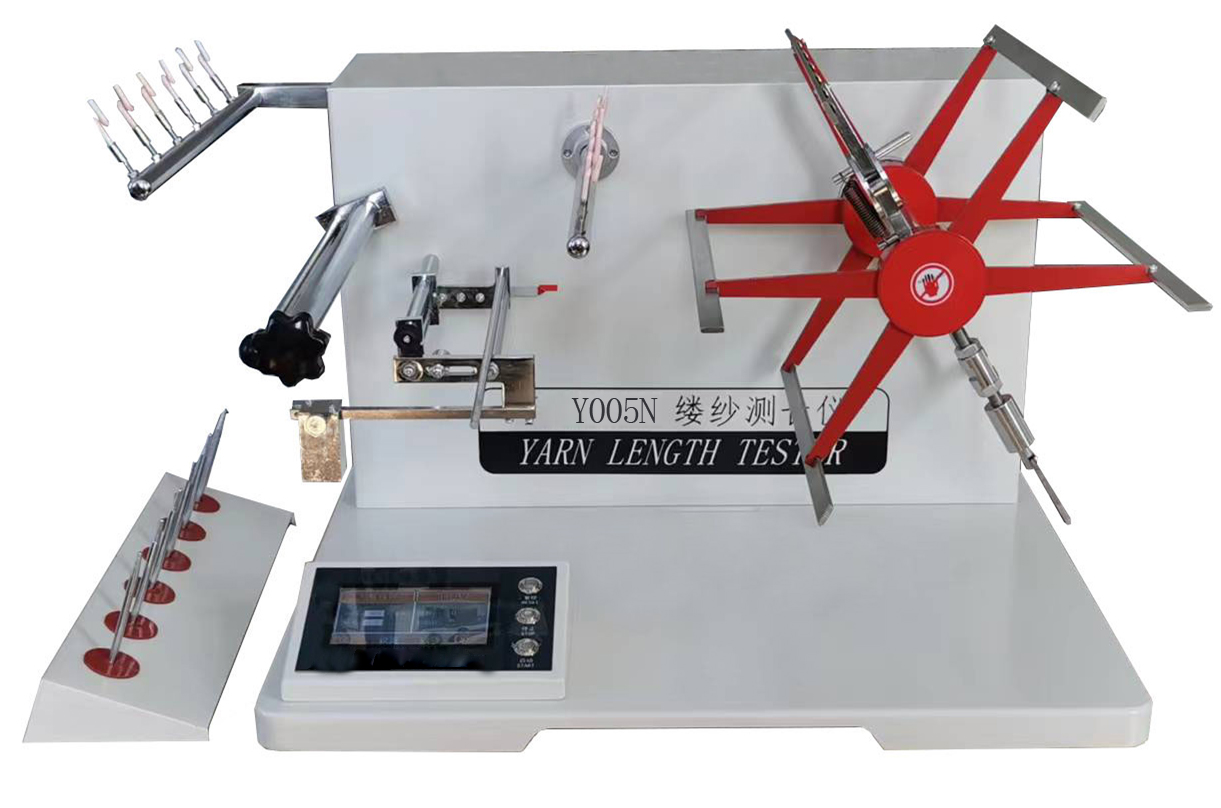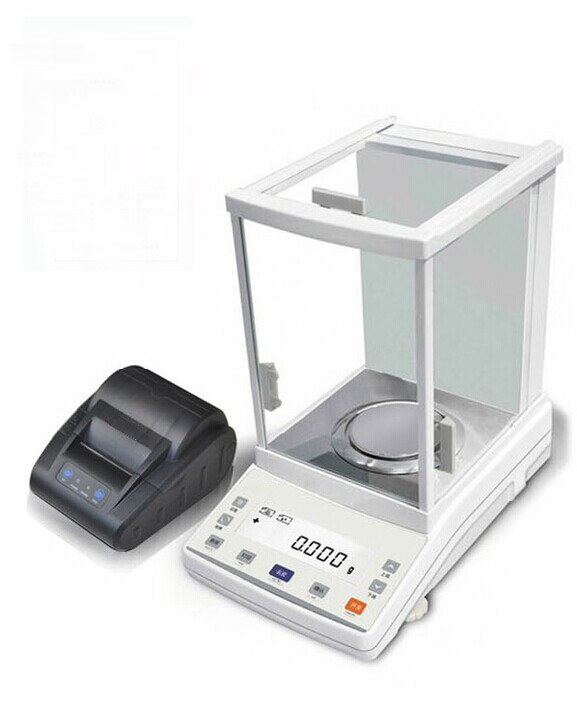 +86 152 6060 5085
+86 152 6060 5085
 +86 152 6060 5085
+86 152 6060 5085
Linear density is the thickness of fibers and yarns. It can be directly expressed by the cross-sectional diameter, cross-sectional perimeter or cross-sectional area of fibers and yarns. When the cross-sectional shape is close to a circle, the diameter is used to represent the thickness, and its measurement unit is micron or millimeter. However, the cross-section of fibers and yarns is generally irregular and thin. The measurement of diameter or cross-sectional area must be measured one by one under a microscope using an eyepiece micrometer and an objective micrometer, or on a microscope projector. Test, the test is time-consuming and labor-intensive, and the thickness of fibers and yarns is uneven, and the average diameter of the cross-section is used as the linear density index, which may affect the evaluation results. Since the length and weight test is more convenient, the relationship between length and weight is often used in production to indirectly indicate its thickness. That is, an indirect index is used to represent the linear density of fibers and yarns. The indirect index of linear density can be divided into fixed length system and fixed weight system.
1. Fixed length system
The fixed-length system refers to the weight of fibers or yarns within a certain length. The larger the value, the thicker the fibers or yarns. (1) Ttex (Ttex) Tex is an international unit of linear density measurement. It is also the legal measurement unit of linear density in my country. Its definition is the weight in grams (mg) of 1000m (mm) long fibers or yarns at a given moisture regain. Its unit is special (tex). Calculated as follows:Ttex=GK×1000/L
In the formula: Ttex—the linear density of fiber or yarn (tex); L—the length of fiber or yarn (m or mm); GK—the conventional weight of fiber or yarn (g or mg). When expressing the linear density of fibers, it is often expressed in decitex (dtex). Decitex refers to the weight in grams (mg) of 10,000 meters (mm) long fibers or yarns at a given moisture regain. 1 dtex is equal to one tenth of tex. Tex is used to express the linear density of all fibers and yarns. The larger the tex value, the thicker the fibers and yarns.
(2) Denier Ndem (Ndem) Denier is defined as the weight in grams (mg) of a 9000m (mm) long fiber or yarn at a given moisture regain. Its unit is denier (den or D), and the calculation formula is as follows: Nden=GK×9000/L
In the formula: Nden—linear density of fiber or yarn (den or D); L—length of fiber or yarn (m or mm); Gk—common weight of fiber or yarn (g or mg). Denier, also known as denier, is usually used to indicate the linear density of chemical fibers and silk. The larger the denier value, the thicker the fiber and yarn.
2. Customized system
Custom weight is the length of fiber or yarn of a certain weight. The larger the value, the finer the fiber or yarn.
(1) Metric count (Nm)
Its definition is the length (meters or millimeters) of fiber or yarn per unit weight (grams or milligrams) at a given moisture regain. The unit is branch, and the calculation formula is as follows:
Nm=L/GK
In the formula: Nm - linear density (count) of fiber or yarn;
L - the length of fiber or yarn (m or mm);
Gk—the conventional weight (g or mg) of fiber or yarn.
The metric count is usually used to indicate the thickness of cotton fiber, wool yarn, hemp yarn, and spun yarn. The larger the value, the finer the fiber and yarn.
(2) Imperial count (Ne)
The English count of cotton yarn is defined as the multiple of 840 yards of length that a pound of cotton yarn has at a given moisture regain (Imperial). Its unit is British branch, and the calculation formula is as follows:
Ne=L/840×Gk
In the formula: Ne - linear density of fiber or yarn (British branch);
L - length of fiber or yarn (yards);
Gk—the conventional weight (pounds) of fiber or yarn.


Email: hello@utstesters.com
Direct: + 86 152 6060 5085
Tel: +86-596-7686689
Web: www.utstesters.com